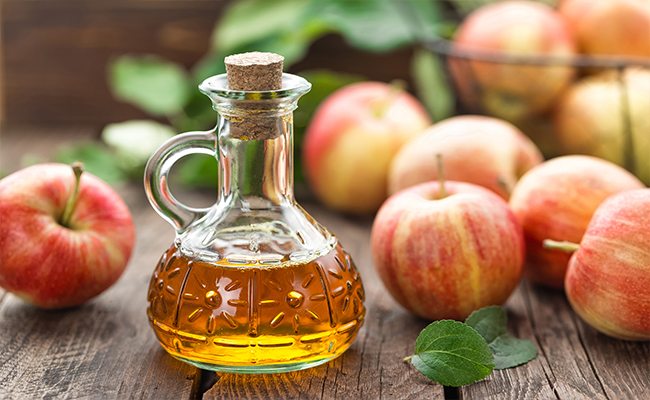Wine vinegar
Either red or white wine, or a blend of both, are used to make this vinegar. It is common for wine vinegars to be infused with herbs or fruit to enhance the flavor. The more costly wine vinegars are aged for several years in wooden barrels. Two other varieties of wine vinegar are sherry and champagne vinegars. All of these vinegars are especially popular in dishes that involve berries, melons, and other fruits, as well as in salsas and chutney.
Balsamic vinegar
This vinegar was born in Modena, Italy, where experienced craftspeople still make it today using traditional methods. True balsamic vinegars are made from trebbiano grapes, which are grown in northern Italy, and aged for 3 to as many as 150 years in a succession of stainless steel and wooden casks. Because of this long process, true balsamic vinegars are expensive, so what we often see on market shelves are pale imitations of this ancient recipe, often referred to as commercial balsamic.
Balsamic vinegar is said to enhance the flavors of salty, astringent, and sweet foods, which makes it a highly versatile ingredient. Varieties that have been aged for the shortest time (about 3 to 5 years) are good for marinades, dressings, sauces, and in dipping sauces for bread and vegetables. Those that have been aged for 6 to 11 years are good for sauces (add at the end of cooking), pasta dishes, marinades, and condiments. Well-aged balsamic vinegars should be added to dishes after the cooking has ceased and are best in mild dishes (those with little seasoning), including meats, vegetables, fish, fruit and cheese combinations, and cheeses.
Chinese black vinegar
This smoky, sour flavored vinegar is made from sorghum or glutinous rice and is popular in China. However, it has gained some favor in the United States for use in meat marinades and as a dipping sauce for dumplings.
Malt vinegar
If the name of this vinegar stirs up visions of brown ale, then you’re on the right track. Malt vinegar begins with barley kernels, which are germinated, fermented, and brewed into an ale that is converted to vinegar. You can use malt vinegar for pickling and as a condiment for fish and chips. In Britain, malt vinegar is considered a basic cooking ingredient.
As I already mentioned, vinegars can be made from a wide range of fruits, so you may want to seek out and try varieties such as coconut, quince, raisin, blackberry, and yes, even banana vinegar!
Written by Andrea Donsky. Post originally appeared on Naturally Savvy.
source : care2.com









